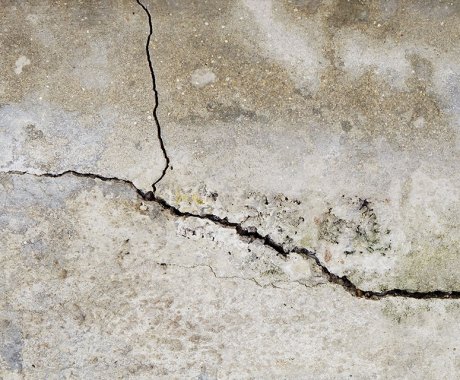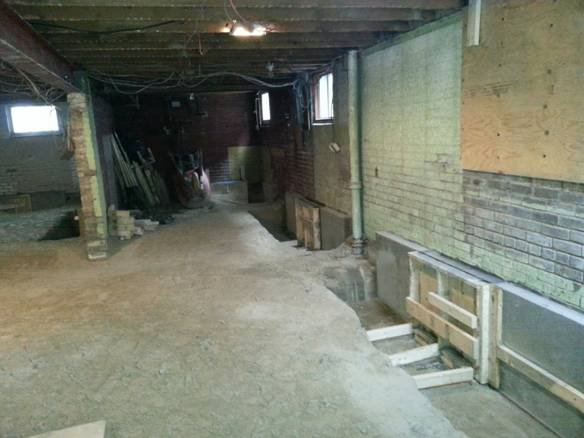The Slab Heave Underpinning is one of the most commonly used flooring in different types of building structures. This is usually found on basement flooring, kitchen and bathroom flooring, roofs, ceilings, as well as other areas where there is a possibility for heavy moisture to collect. This type of underlayment uses interlocking slabs that are bonded together to create a durable sheet.
Benefits of installing a slab heave underlayment

The slab serves as the base for various heave system, which includes the joists or rafters required for roofing. These materials are then fastened to the underlayment through the use of a series of reinforcing slabs. The roofing system is composed of several components. These components include the membrane, the underlayment and flashings, as well as the lagging and strands. There are other parts that are commonly included in this type of system but they are just minor components.
Benefits of installing a slab heave underlayment
The heave method has one major advantage: it allows for less moisture to collect. The membrane is placed above the structure. This is where moisture can’t collect. There are fewer chances for mold or mildew to form. There is also less condensation on the roof, which is due to water seeping into the building structure from the gaps in the roofing membrane.
While the heave method has many advantages, it also has its drawbacks. One of these is the low level of density of the materials that are used in the construction of the underlayment. The density of materials used in the construction the heave systems is very low when compared to other types. This causes the membrane to break during roofing.
The membrane may also be removed completely from the roof. This could lead to the building absorbing water vapor. This can lead to mold and mildew growth on the ceiling and interior walls of the structure. When this happens, the structure will need extensive repairs. The moisture that collects under the metal roofing can cause mold and algae growth, which can impact the structural stability of a building.
Slab heave offers a convenient solution for small buildings. However, it is important to realize that there are limitations to this construction method. On the one hand, the cost of installing the underpinning is much higher than the alternative of using standard roofing. This approach is not able to protect against moisture. The membrane must be installed correctly to protect the roof from damage.
If the membrane is difficult to install, metal roofing would be the best choice. This approach offers excellent resistance against moisture and also creates a very durable roof. On the other hand, this choice of building materials will require extensive care and maintenance. This material should only be used by the owner.
This material is perfect for commercial buildings and office space. This is because it will last longer than a slab. It will also make it easier to maintain. The most important benefit of slab heave is that it provides an extensive level of protection against the elements while offering a distinct look that is attractive as well.
This is due to its excellent value. It has been the preferred choice for builders and developers. This is because it offers a distinct architectural and structural advantage. Heave tends to adhere closely to the building code of the region, which protects the structure against various violations. It is also very strong, making it able to withstand extreme weather. It is also very insulation.
With metal roofs, building owners have greater peace of mind that the structure will not collapse. Because it can withstand any external force, this is why metal roofs are so safe. On the other hand, this particular building design is not recommended for regions that experience intense weather conditions, such as heavy rainfall, strong winds or extreme heat. The aluminum will corrode when exposed too many external forces.
Slab heave is a great choice when the building needs to be supported by concrete slabs. However, when the slab is composed of aluminium, the building owner has to make sure that heave underlayment will be available. This is because the aluminium is quite a bit heavier than the concrete. The heave design will then not be able to support the weight of the aluminium roof.
